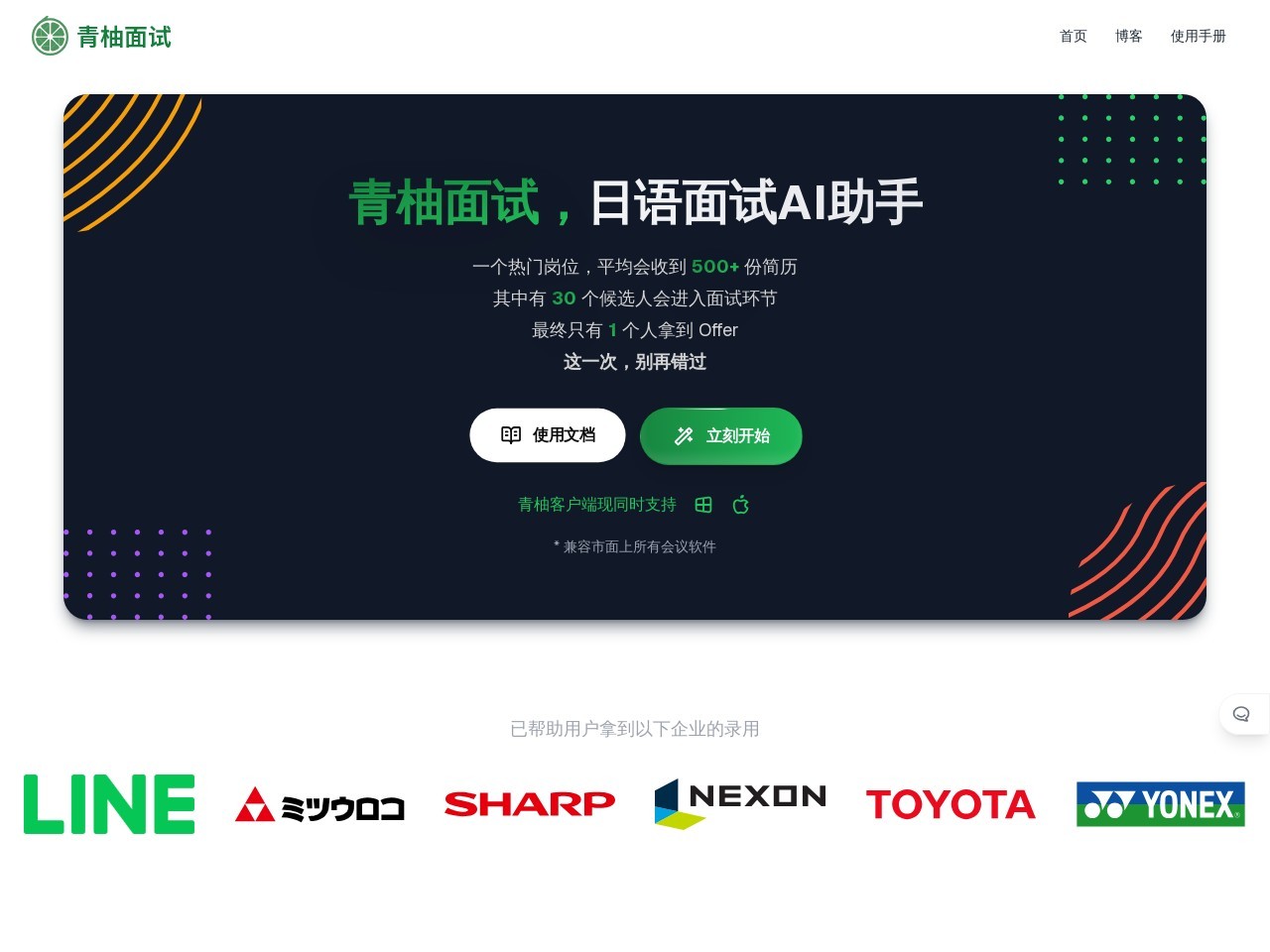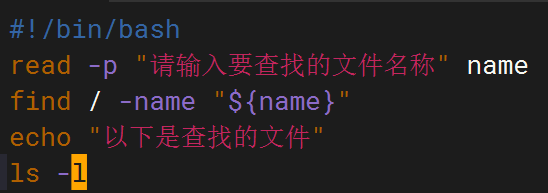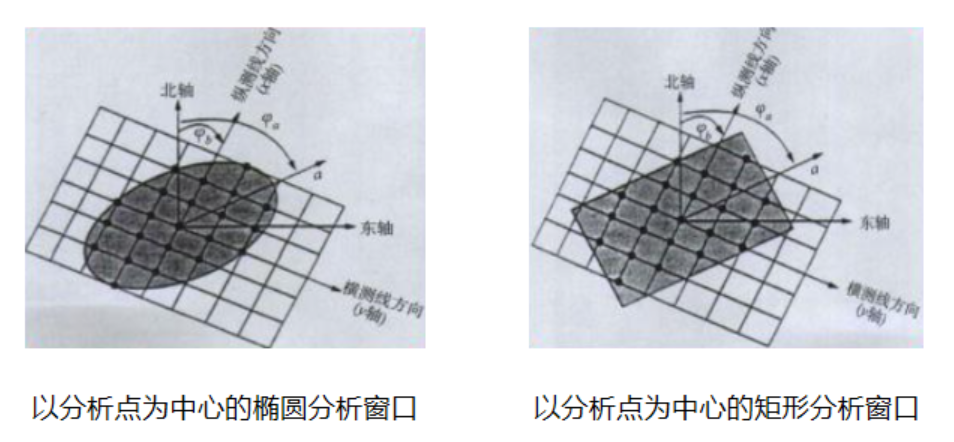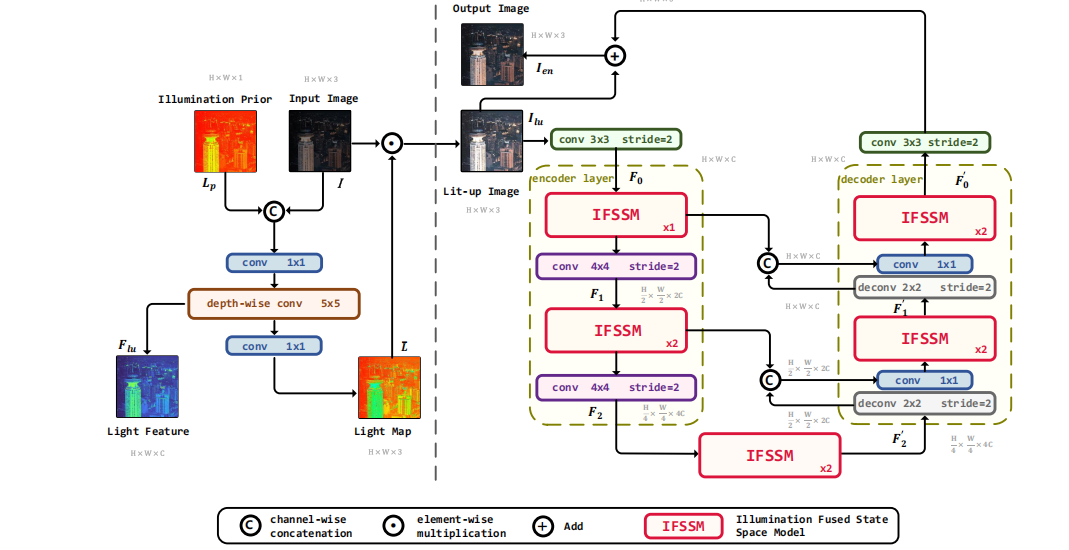SpringBoot开启多端口探究(1)
文章目录
- 前情提要
- 发散探索
- 从management.port开始
- 确定否需要开启额外端口
- 额外端口是如何开启的
- ManagementContextFactory的故事
- 从哪儿来
- 创建过程
- management 相关API如何被注册
- 小结
前情提要
最近遇到一个需求,在单个服务进程上开启多网络端口,将API的访问通过端口强行隔离开。
发散探索
- SpringBoot自带的多端口配置,server.port和management.port,将常规的API与管理相关API通过端口拆分开;
- 1中的端口是基于HTTP/1.1通信的,如果需要基于HTTP/2.0(如gRPC)又会有些差别;
- 一般一个进程内SpringApplication对象只有1个,理论上搞多个自然就能开启多个端口,略显粗暴;
本着探索的态度,我会逐个探讨上述3个方向,本文先关注在方向1上。如果你有更NB的问题或者建议,欢迎评论区留言。
从management.port开始
配置生效依赖SpringBoot的AutoConfiguration机制,management相关配置体现在ManagementContextAutoConfiguration中,完成ManagementContext的配置;其中涉及的问题如下。
确定否需要开启额外端口
@ConditionalOnManagementPort决定了是否开启新端口,该注解声明如下
@Retention(RetentionPolicy.RUNTIME)
@Target({ ElementType.TYPE, ElementType.METHOD })
@Documented
@Conditional(OnManagementPortCondition.class)
public @interface ConditionalOnManagementPort {/*** The {@link ManagementPortType} to match.* @return the port type*/ManagementPortType value();}
其依赖的OnManagementPortCondition会在配置过程中被处理,处理概要过程如下:
- 基于当前的Environment决定实际的ManagementPortType;
- 获得当前注解中value对应的设定ManagementPortType;
- 基于1和2决定被其注解的bean是否初始化,ManagementPortType的定义如下
public enum ManagementPortType {/*** The management port has been disabled.*/DISABLED,/*** The management port is the same as the server port.*/SAME,/*** The management port and server port are different.*/DIFFERENT;/*** Look at the given environment to determine if the {@link ManagementPortType} is* {@link #DISABLED}, {@link #SAME} or {@link #DIFFERENT}.* @param environment the Spring environment* @return {@link #DISABLED} if {@code management.server.port} is set to a negative* value, {@link #SAME} if {@code management.server.port} is not specified or equal to* {@code server.port} and {@link #DIFFERENT} otherwise.* @since 2.1.4*/public static ManagementPortType get(Environment environment) {Integer managementPort = getPortProperty(environment, "management.server.");if (managementPort != null && managementPort < 0) {return DISABLED;}Integer serverPort = getPortProperty(environment, "server.");return ((managementPort == null || (serverPort == null && managementPort.equals(8080))|| (managementPort != 0 && managementPort.equals(serverPort))) ? SAME : DIFFERENT);}private static Integer getPortProperty(Environment environment, String prefix) {return environment.getProperty(prefix + "port", Integer.class);}}
额外端口是如何开启的
到这里,我们可以回到ManagementContextAutoConfiguration,针对性地关注@ConditionalOnManagementPort(ManagementPortType.DIFFERENT)相关类, 也就是下面这段
@Configuration(proxyBeanMethods = false)@ConditionalOnManagementPort(ManagementPortType.DIFFERENT)static class DifferentManagementContextConfiguration implements ApplicationListener<WebServerInitializedEvent> {private final ApplicationContext applicationContext;private final ManagementContextFactory managementContextFactory;DifferentManagementContextConfiguration(ApplicationContext applicationContext,ManagementContextFactory managementContextFactory) {this.applicationContext = applicationContext;this.managementContextFactory = managementContextFactory;}@Overridepublic void onApplicationEvent(WebServerInitializedEvent event) {if (event.getApplicationContext().equals(this.applicationContext)) {ConfigurableWebServerApplicationContext managementContext = this.managementContextFactory.createManagementContext(this.applicationContext,EnableChildManagementContextConfiguration.class,PropertyPlaceholderAutoConfiguration.class);if (isLazyInitialization()) {managementContext.addBeanFactoryPostProcessor(new LazyInitializationBeanFactoryPostProcessor());}managementContext.setServerNamespace("management");managementContext.setId(this.applicationContext.getId() + ":management");setClassLoaderIfPossible(managementContext);CloseManagementContextListener.addIfPossible(this.applicationContext, managementContext);managementContext.refresh();}}protected boolean isLazyInitialization() {AbstractApplicationContext context = (AbstractApplicationContext) this.applicationContext;List<BeanFactoryPostProcessor> postProcessors = context.getBeanFactoryPostProcessors();return postProcessors.stream().anyMatch(LazyInitializationBeanFactoryPostProcessor.class::isInstance);}private void setClassLoaderIfPossible(ConfigurableApplicationContext child) {if (child instanceof DefaultResourceLoader) {((DefaultResourceLoader) child).setClassLoader(this.applicationContext.getClassLoader());}}}
从中我们可以发现几个点:
- ManagementContext是在主WebApplicationContext发布事件WebServerInitializedEvent后开始初始化;
- ManagementContext全新的ConfigurableWebServerApplicationContext,这意味着最终启动后,内存中存在至少两个ApplicationContext;如果说开启两个SpringApplication对象是表象的话,那么创建两个WebApplicationContext应该说就是底层的本质了;
- 整个处理过程就是创建ConfigurableWebServerApplicationContext,后续做必要的配置,最后refresh。如果你分析过SpringApplication.run(),那想必你看到了熟悉的味道。
ManagementContextFactory的故事
从哪儿来
对应的子类有两个,ReactiveManagementContextFactory和ServletManagementContextFactory,具体初始化则由xxxManagementContextFactoryAutoConfiguration影响,更进一步的细节藏在
@ConditionalOnWebApplication(type=xxx)中。
创建过程
以ReactiveManagementContextFactory为例
@Overridepublic ConfigurableWebServerApplicationContext createManagementContext(ApplicationContext parent,Class<?>... configClasses) {// 复用EnvironmentEnvironment parentEnvironment = parent.getEnvironment();ConfigurableEnvironment childEnvironment = ApplicationContextFactory.DEFAULT.createEnvironment(WebApplicationType.REACTIVE);if (parentEnvironment instanceof ConfigurableEnvironment) {// 复用ConversionServicechildEnvironment.setConversionService(((ConfigurableEnvironment) parentEnvironment).getConversionService());}AnnotationConfigReactiveWebServerApplicationContext child = new AnnotationConfigReactiveWebServerApplicationContext();child.setEnvironment(childEnvironment);// 这里可以看到最终会是parent和child关系child.setParent(parent);/*
这里以编程的方式完成BeanDefinition注册, 这里的configClass = {EnableChildManagementContextConfiguration.class,PropertyPlaceholderAutoConfiguration.class} */Class<?>[] combinedClasses = ObjectUtils.addObjectToArray(configClasses,ReactiveWebServerFactoryAutoConfiguration.class);child.register(combinedClasses);// 最后保持parent和child的WebFactory一致, 直接复用parent的BeanDefinitionregisterReactiveWebServerFactory(parent, child);return child;}
management 相关API如何被注册
经过前面一波分析,我们已经看到了创建ApplicationContext,注册必要的Class,而后refresh整个容器就要启动,但没有看到management相关API,其实就藏在EnableChildManagementContextConfiguration.class这里, 从这里出发最终找到配置文件ManagementContextConfiguration.imports,链路如下
EnableManagementContext -> ManagementContextConfigurationImportSelector -> META-INFO/spring/org.springframework.boot.actuate.autoconfigure.web.ManagementContextConfiguration.imports
ManagementContextConfiguration.imports的内容如下:
org.springframework.boot.actuate.autoconfigure.endpoint.web.ServletEndpointManagementContextConfiguration
org.springframework.boot.actuate.autoconfigure.endpoint.web.reactive.WebFluxEndpointManagementContextConfiguration
org.springframework.boot.actuate.autoconfigure.endpoint.web.servlet.WebMvcEndpointManagementContextConfiguration
org.springframework.boot.actuate.autoconfigure.endpoint.web.jersey.JerseyWebEndpointManagementContextConfiguration
org.springframework.boot.actuate.autoconfigure.security.servlet.SecurityRequestMatchersManagementContextConfiguration
org.springframework.boot.actuate.autoconfigure.web.jersey.JerseySameManagementContextConfiguration
org.springframework.boot.actuate.autoconfigure.web.jersey.JerseyChildManagementContextConfiguration
org.springframework.boot.actuate.autoconfigure.web.reactive.ReactiveManagementChildContextConfiguration
org.springframework.boot.actuate.autoconfigure.web.servlet.ServletManagementChildContextConfiguration
org.springframework.boot.actuate.autoconfigure.web.servlet.WebMvcEndpointChildContextConfiguration
这些Configuration最终受如下2个注解的解决决定是否初始化
@ManagementContextConfiguration(value = ManagementContextType.xxx, proxyBeanMethods = false)
@ConditionalOnWebApplication(type = Type.xxx)
最终不同的EndPoint由不同的EndPointDiscover对整个ApplicationContext中的类进行扫描并提取出来,组装为EndPointHandlerMapping。
到这里可以解释一个现象,就是在manage端口上,无法访问到应用端口上的API,因为两者各自关联了一个独立的HandlerMapping。虽然通常child context可以访问到parent context中的所有bean实例,但是各自可见的API被各自的RequestHandlerMapping限制而隔离。
小结
以上是针对mangement API开放独立端口的探究,从中有几个点值得借鉴:
- 独立的ApplicationContext可以作为资源隔离的一种方式,同时又不完全失去与parent的联系;
- 条件初始化在SpringBoot自动配置中的广泛应用;
- WebApplicationContext与ApplicationContext的区别在于WebServerFactory是否存在,以及RequestHandlerMapping+必要的注解识别,有了这点发现,做API隔离可用的方案也会更加丰富;
后续会对另外2种实现方式做探讨,感谢你的阅读。
相关文章:
)
SpringBoot开启多端口探究(1)
文章目录 前情提要发散探索从management.port开始确定否需要开启额外端口额外端口是如何开启的ManagementContextFactory的故事从哪儿来创建过程 management 相关API如何被注册 小结 前情提要 最近遇到一个需求,在单个服务进程上开启多网络端口,将API的…...

优化算法:2.粒子群算法(PSO)及Python实现
一、定义 粒子群算法(Particle Swarm Optimization,PSO)是一种模拟鸟群觅食行为的优化算法。想象一群鸟在寻找食物,每只鸟都在尝试找到食物最多的位置。它们通过互相交流信息,逐渐向食物最多的地方聚集。PSO就是基于这…...

ThreadLocal面试三道题
针对ThreadLocal的面试题,我将按照由简单到困难的顺序给出三道题目,并附上参考答案的概要。 1. 简单题:请简述ThreadLocal是什么,以及它的主要作用。 参考答案: ThreadLocal是Java中的一个类,用于提供线…...
)
Git操作指令(已完结)
Git操作指令 一、安装git 1、设置配置信息: # global全局配置 git config --global user.name "Your username" git config --global user.email "Your email"# 显示颜色 git config --global color.ui true# 配置别名,各种指令都…...

大数据采集工具——Flume简介安装配置使用教程
Flume简介&安装配置&使用教程 1、Flume简介 一:概要 Flume 是一个可配置、可靠、高可用的大数据采集工具,主要用于将大量的数据从各种数据源(如日志文件、数据库、本地磁盘等)采集到数据存储系统(主要为Had…...

C语言 #具有展开功能的排雷游戏
文章目录 前言 一、整个排雷游戏的思维梳理 二、整体代码分布布局 三、游戏主体逻辑实现--test.c 四、整个游戏头文件的引用以及函数的声明-- game.h 五、游戏功能的具体实现 -- game.c 六、老六版本 总结 前言 路漫漫其修远兮,吾将上下而求索。 一、整个排…...

npm publish出错,‘proxy‘ config is set properly. See: ‘npm help config‘
问题:使用 npm publish发布项目依赖失败,报错 proxy config is set properly. See: npm help config 1、先查找一下自己的代理 npm config get proxy npm config get https-proxy npm config get registry2、然后将代理和缓存置空 方式一: …...

Springboot 多数据源事务
起因 在一个service方法上使用的事务,其中有方法是调用的多数据源orderDB 但是多数据源没有生效,而是使用的primaryDB 原因 spring 事务实现的方式 以 Transactional 注解为例 (也可以看 TransactionTemplate, 这个流程更简单一点)。 入口:ProxyTransa…...

Python每日学习
我是从c转来学习Python的,总感觉和c相比Python的实操简单,但是由于写c的代码多了,感觉Python的语法好奇怪 就比如说c的开头要有库(就是类似于#include <bits/stdc.h>)而且它每一项的代码结束之后要有一个表示结…...

数据库 执行sql添加删除字段
添加字段: ALTER TABLE 表明 ADD COLUMN 字段名 类型 DEFAULT NULL COMMENT 注释 AFTER 哪个字段后面; 效果: 删除字段: ALTER TABLE 表明 DROP COLUMN 字段;...

前端开发:HTML与CSS
文章目录 前言1.1、CS架构和BS架构1.2、网页构成 HTML1.web开发1.1、最简单的web应用程序1.2、HTTP协议1.2.1 、简介1.2.2、 http协议特性1.3.3、http请求协议与响应协议 2.HTML概述3.HTML标准结构4.标签的语法5.基本标签6.超链接标签6.1、超链接基本使用6.2、锚点 7.img标签8.…...

ctfshow解题方法
171 172 爆库名->爆表名->爆字段名->爆字段值 -1 union select 1,database() ,3 -- //返回数据库名 -1 union select 1,2,group_concat(table_name) from information_schema.tables where table_schema库名 -- //获取数据库里的表名 -1 union select 1,group_concat(…...

探索 Blockly:自定义积木实例
3.实例 3.1.基础块 无输入 , 无输出 3.1.1.json var textOneJson {"type": "sql_test_text_one","message0": " one ","colour": 30,"tooltip": 无输入 , 无输出 };javascriptGenerator.forBlock[sql_test_te…...

MongoDB教程(二十三):关于MongoDB自增机制
💝💝💝首先,欢迎各位来到我的博客,很高兴能够在这里和您见面!希望您在这里不仅可以有所收获,同时也能感受到一份轻松欢乐的氛围,祝你生活愉快! 文章目录 引言一、MongoD…...

展馆导览系统架构解析,从需求分析到上线运维
在物质生活日益丰富的当下,人们对精神世界的追求愈发强烈,博物馆、展馆、纪念馆等场所成为人们丰富知识、滋养心灵的热门选择。与此同时,人们对展馆的导航体验也提出了更高要求,展馆导览系统作为一种基于室内外地图相结合的位置引…...

Servlet详解(超详细)
Servlet详解 文章目录 Servlet详解一、基本概念二、Servlet的使用1、创建Servlet类2、配置Servleta. 使用web.xml配置b. 使用注解配置 3、部署Web应用4、处理HTTP请求和生成响应5、处理表单数据HTML表单Servlet 6、管理会话 三、servlet生命周期1、加载和实例化2、初始化3、 请…...

Meta AI引入Imagine Me功能,上传图片输入提示词即可实现个性化照片
AITOP100平台获悉,Meta 公司在 AI 领域再次迈出了重要的步伐,其发布的 Llama 3.1 开源 AI 模型以及对 Meta AI 功能的更新扩充引发了广泛关注。 其中,新引入的“Imagine Me”功能尤为引人注目。在这一功能下,美国地区的用户只需上…...

常用自启设置
一、开机自启动 1、编辑 vi /lib/systemd/system/nginx.service 文件,没有创建一个 touch nginx.service 然后将如下内容根据具体情况进行修改后,添加到nginx.service文件中: [Unit] Descriptionnginx Afternetwork.target remote-fs.targ…...

模块与组件、模块化与组件化的理解
在React或其他现代JavaScript框架中,模块与组件、模块化与组件化是核心概念,它们对于提高代码的可维护性、复用性和开发效率具有重要意义。以下是对这些概念的理解: 模块与组件 模块(Module) 定义:模块是…...

Rust:cargo的常用命令
1.查看版本 $ cargo --version cargo 1.79.0 (ffa9cf99a 2024-06-03) 2.创建新的项目 $ cargo new hello 创建后的目录结构为 $ tree hello/ hello/ ├── Cargo.toml └── src └── main.rs 3.运行项目 $ cd hello $ cargo run Compiling hello v0.1.0 (/home/c…...

日语AI面试高效通关秘籍:专业解读与青柚面试智能助攻
在如今就业市场竞争日益激烈的背景下,越来越多的求职者将目光投向了日本及中日双语岗位。但是,一场日语面试往往让许多人感到步履维艰。你是否也曾因为面试官抛出的“刁钻问题”而心生畏惧?面对生疏的日语交流环境,即便提前恶补了…...

shell脚本--常见案例
1、自动备份文件或目录 2、批量重命名文件 3、查找并删除指定名称的文件: 4、批量删除文件 5、查找并替换文件内容 6、批量创建文件 7、创建文件夹并移动文件 8、在文件夹中查找文件...

linux 下常用变更-8
1、删除普通用户 查询用户初始UID和GIDls -l /home/ ###家目录中查看UID cat /etc/group ###此文件查看GID删除用户1.编辑文件 /etc/passwd 找到对应的行,YW343:x:0:0::/home/YW343:/bin/bash 2.将标红的位置修改为用户对应初始UID和GID: YW3…...

论文笔记——相干体技术在裂缝预测中的应用研究
目录 相关地震知识补充地震数据的认识地震几何属性 相干体算法定义基本原理第一代相干体技术:基于互相关的相干体技术(Correlation)第二代相干体技术:基于相似的相干体技术(Semblance)基于多道相似的相干体…...

深度学习水论文:mamba+图像增强
🧀当前视觉领域对高效长序列建模需求激增,对Mamba图像增强这方向的研究自然也逐渐火热。原因在于其高效长程建模,以及动态计算优势,在图像质量提升和细节恢复方面有难以替代的作用。 🧀因此短时间内,就有不…...

[免费]微信小程序问卷调查系统(SpringBoot后端+Vue管理端)【论文+源码+SQL脚本】
大家好,我是java1234_小锋老师,看到一个不错的微信小程序问卷调查系统(SpringBoot后端Vue管理端)【论文源码SQL脚本】,分享下哈。 项目视频演示 【免费】微信小程序问卷调查系统(SpringBoot后端Vue管理端) Java毕业设计_哔哩哔哩_bilibili 项…...

TSN交换机正在重构工业网络,PROFINET和EtherCAT会被取代吗?
在工业自动化持续演进的今天,通信网络的角色正变得愈发关键。 2025年6月6日,为期三天的华南国际工业博览会在深圳国际会展中心(宝安)圆满落幕。作为国内工业通信领域的技术型企业,光路科技(Fiberroad&…...

mac:大模型系列测试
0 MAC 前几天经过学生优惠以及国补17K入手了mac studio,然后这两天亲自测试其模型行运用能力如何,是否支持微调、推理速度等能力。下面进入正文。 1 mac 与 unsloth 按照下面的进行安装以及测试,是可以跑通文章里面的代码。训练速度也是很快的。 注意…...

ubuntu系统文件误删(/lib/x86_64-linux-gnu/libc.so.6)修复方案 [成功解决]
报错信息:libc.so.6: cannot open shared object file: No such file or directory: #ls, ln, sudo...命令都不能用 error while loading shared libraries: libc.so.6: cannot open shared object file: No such file or directory重启后报错信息&…...

大数据治理的常见方式
大数据治理的常见方式 大数据治理是确保数据质量、安全性和可用性的系统性方法,以下是几种常见的治理方式: 1. 数据质量管理 核心方法: 数据校验:建立数据校验规则(格式、范围、一致性等)数据清洗&…...
